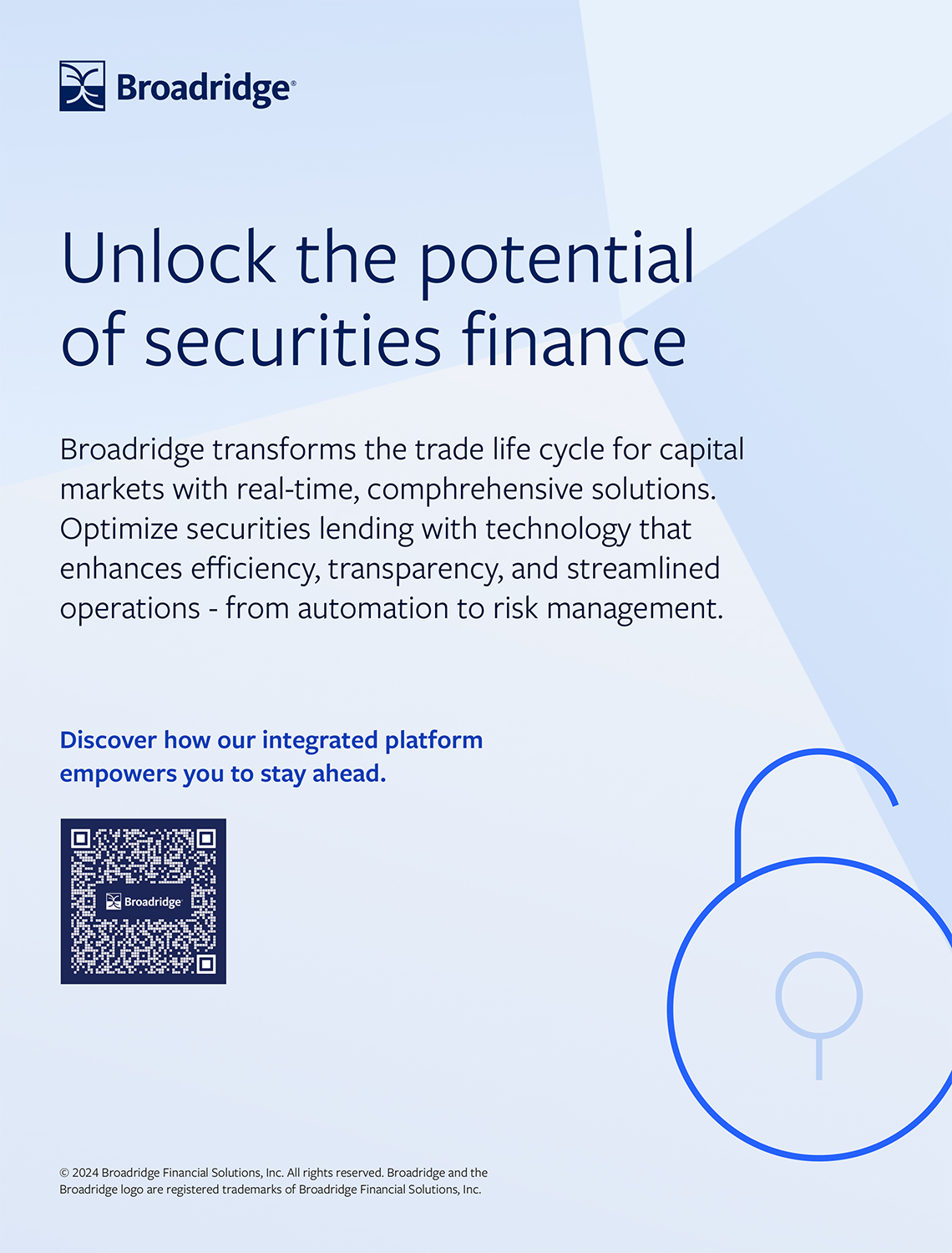SFTS: DLT set to transform the future
26 April 2018 London
 Image: Shutterstock
Image: Shutterstock
In one way or another, distributed ledger technology (DLT) will help to transform in the industry over the next three to five years, according to a panel the Securities Lending Times Securities Finance Technology Symposium.
The panel, which discussed future markets, suggested that firms are trying to find their own way into such technologies. However, one panellist explained that the industry should hold back until it becomes standardised in the industry.
He said: “Securities lending can do a lot to innovate without using blockchain in the next three to five years.”
Another panellist suggested that blockchain is a solution looking for a problem. The panellist explained: “As these technologies are rolled out, people will experiment with them to see how they can be used within the business.”
However, one panellist disagreed with that statement, suggesting that blockchain can be used to create something new in the industry. One example included cost savings.
The speaker said: “Everything we talk about is simplistic, transparent and secure, so why couldn’t blockchain help with that.”
With regulatory changes, there will be more transparency, more automation and an increase in the reliance on technology firms.
One panellist said that the winners in this new world would be the ones who develop platforms that slot easily into legacy systems and take advantage of what is already there.
The panellist said that his company, a technology provider, has spoken to many institutions and, “by and large, their technology is terrible”.
Another panellist added that technology companies are using cutting-edge technology, while participants are using “legacy systems”.
To adapt, changes will have to be made to this systems. One panellist explained that these are not small changes, but larger, wider reaching ones. He said that the current market infrastructure has “been there for decades”.
Another panellist expounded how participants’ ability to evolve has been hampered in recent years, by regulation and other challenges.
He said: “Something that used to take months can now take years.”
“They don’t have the ability to evolve fast enough. If you look at other industries—every bank is investing in technology--in other industries, people would say why are you investing in technology? Instead get it from a technology vendor.”
He concluded: “The current state of technology is not where it needs to be. It’s not going to get us to the market structures we want.”
The panel, which discussed future markets, suggested that firms are trying to find their own way into such technologies. However, one panellist explained that the industry should hold back until it becomes standardised in the industry.
He said: “Securities lending can do a lot to innovate without using blockchain in the next three to five years.”
Another panellist suggested that blockchain is a solution looking for a problem. The panellist explained: “As these technologies are rolled out, people will experiment with them to see how they can be used within the business.”
However, one panellist disagreed with that statement, suggesting that blockchain can be used to create something new in the industry. One example included cost savings.
The speaker said: “Everything we talk about is simplistic, transparent and secure, so why couldn’t blockchain help with that.”
With regulatory changes, there will be more transparency, more automation and an increase in the reliance on technology firms.
One panellist said that the winners in this new world would be the ones who develop platforms that slot easily into legacy systems and take advantage of what is already there.
The panellist said that his company, a technology provider, has spoken to many institutions and, “by and large, their technology is terrible”.
Another panellist added that technology companies are using cutting-edge technology, while participants are using “legacy systems”.
To adapt, changes will have to be made to this systems. One panellist explained that these are not small changes, but larger, wider reaching ones. He said that the current market infrastructure has “been there for decades”.
Another panellist expounded how participants’ ability to evolve has been hampered in recent years, by regulation and other challenges.
He said: “Something that used to take months can now take years.”
“They don’t have the ability to evolve fast enough. If you look at other industries—every bank is investing in technology--in other industries, people would say why are you investing in technology? Instead get it from a technology vendor.”
He concluded: “The current state of technology is not where it needs to be. It’s not going to get us to the market structures we want.”
← Previous technology article
Securities lending is coming of age from a technology perspective, says panel
Securities lending is coming of age from a technology perspective, says panel
NO FEE, NO RISK
100% ON RETURNS If you invest in only one securities finance news source this year, make sure it is your free subscription to Securities Finance Times
100% ON RETURNS If you invest in only one securities finance news source this year, make sure it is your free subscription to Securities Finance Times



